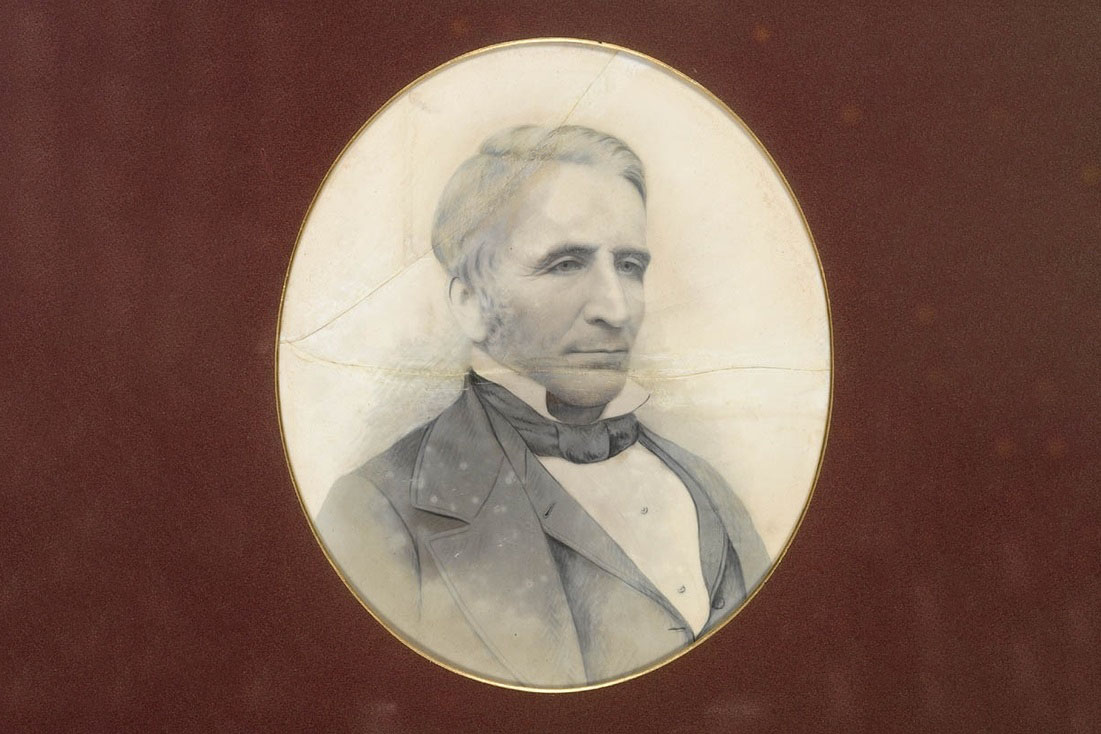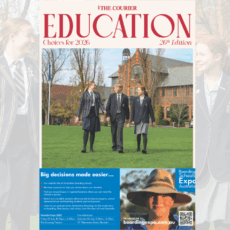Major Thomas Mitchell picked the hottest months for his journey of exploration through the North West in the summer of 1831 and 1832.
Diary accounts of the weather on the trip mirror our summers these days.
Mitchell and his party came through the Narrabri district with 15 men, 14 of them convicts, on his first expedition at the end of 1831.
He kept a meticulous diary but the assistant surveyor accompanying the group, George White, also kept a diary in which he wrote plenty of personal opinions including his unhappiness with the autocratic Mitchell.
But Mr White’s observations on the North Western weather of nearly 200 years ago reveal that hot summers and sultry weather aren’t a new thing. The weather was characteristically ‘very hot, oppressive’, followed by thunderstorms and rain – not unlike recent weather in the district.
As George White records in his daily diary:
November 28, 1831: one of those days in which a man fancies himself transported to the regions below. The heat unsupportable, the thermometer in the shade about 102F and the wind blowing from the north west as if coming from the mouth of an oven or the crater of a volcano.”
Tuesday, November 29: “the weather, a second edition of yesterday, insufferably hot.”
Wednesday November 30: “This day in heat equal to the last.”
Mr White records the early days of December 1831 as ‘very sultry’ and ‘the country in many places on fire.’ The weather uncommonly sultry, December 10 ushered in with thunder and heavy showers, the rain continuing through the day.”
But things brightened up when ‘several large fish were caught – one of them nearly 20 pounds, resembling the cod found in the Macquarie – the finest I have tasted in the colony for flavour and firmness.’
Christmas day: “The wind blowing as hot as if from an oven.”
December 28: “The thermometer stood at 97F for the principal part of the day.”
The weather was so hot it caused the timber in the cart wheels to shrink and the wheels collapse.
January 1: “Oppressively hot, 98F in the shade.”
January 4: “The thermometer at noon 108F in the shade.”
January 5: “Two of the men so ill from the heat they had to be carried in the carts.”
January 11 and 12: “Heavy thunder storms and rain.”
Mitchell notes in his diary that it was 94F at 4am when he camped near the future site of Narrabri.
These were the weather patterns recorded by Major Mitchell, including fear of floods following heavy rain near Moree which decided him to head back to Sydney on March 7.
George White returned to Sydney later and went on to have a busy and interesting career, with some ups and downs, owning properties in the Hunter Valley and becoming a senior public servant and briefly a member of the Legislative Assembly.
To order photos from this page click here










